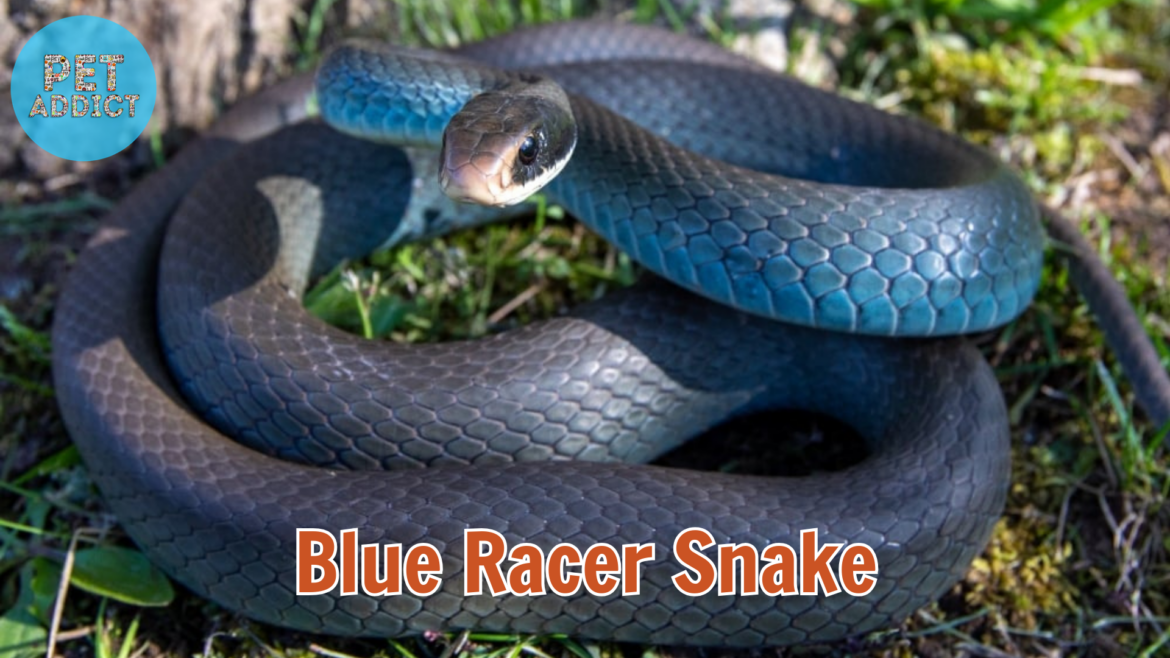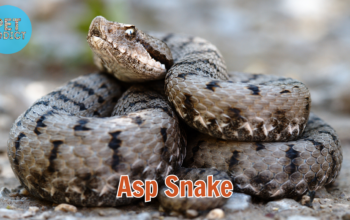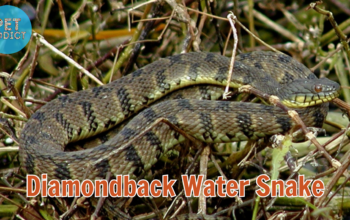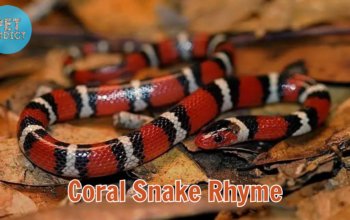The blue racer snake (Coluber constrictor foxii) is a magnificent reptile known for its vibrant blue-green coloration and exceptional speed. Native to North America, this snake species has captured the imagination of nature enthusiasts and herpetologists alike. In this article, we will delve into the fascinating world of the blue racer snake, exploring its physical attributes, behaviors, habitat, and its significance in the ecosystem.
PetAddict.net – The best place where you can find everything about your pet!
Physical Characteristics
Unveiling the Appearance of Blue Racer Snakes
Blue racer snakes exhibit several distinctive physical features:
- Coloration: The most striking characteristic of the blue racer snake is its vivid blue-green dorsal scales, which give the snake its name. The underside is usually pale, often white or light blue.
- Size: Adult blue racer snakes typically measure between 36 to 60 inches (91 to 152 cm) in length, with some individuals reaching even greater lengths.
- Eyes: They possess round pupils, a feature that distinguishes them from venomous snakes with slit pupils.
Behavior and Diet
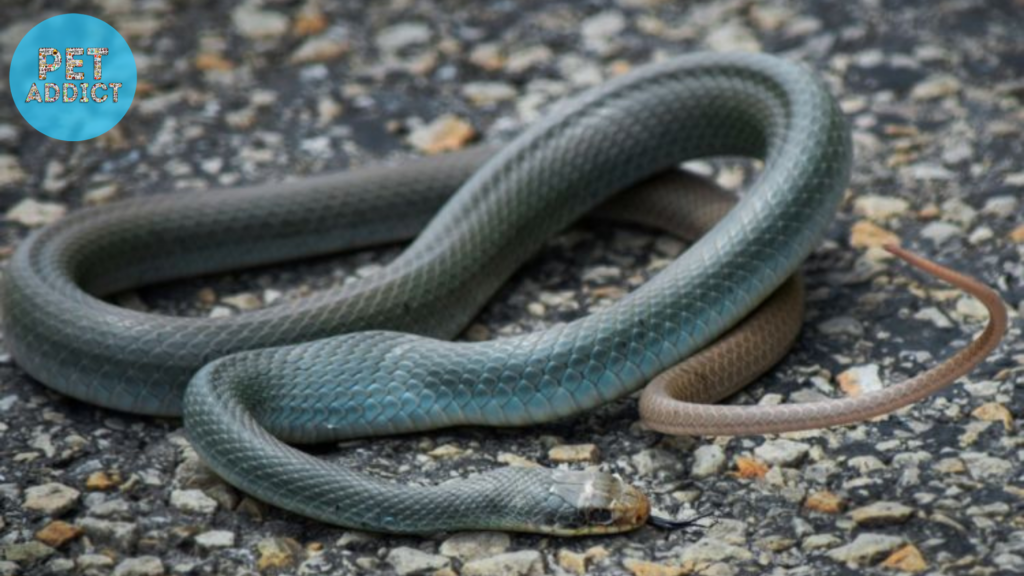
Habits and Dietary Preferences of Blue Racer Snakes
- Diet: Blue racer snakes are carnivorous and primarily feed on a diet of small mammals, birds, and insects. They are known for their agility and speed when hunting, often chasing down their prey.
- Habitat: These snakes are highly adaptable and can be found in various environments, including grasslands, open woodlands, and scrublands. They are often associated with open habitats where they can utilize their speed for hunting.
- Speed: Blue racer snakes are among the fastest snakes in North America. They are agile predators capable of reaching speeds of up to 4 miles per hour (6.4 kilometers per hour).
- Defense Mechanisms: When threatened, blue racer snakes may hiss loudly, flatten their bodies, and vibrate their tails, creating a rattling sound against dry leaves to deter predators. However, they are non-venomous and rely on their speed and agility for defense.
Habitat and Range
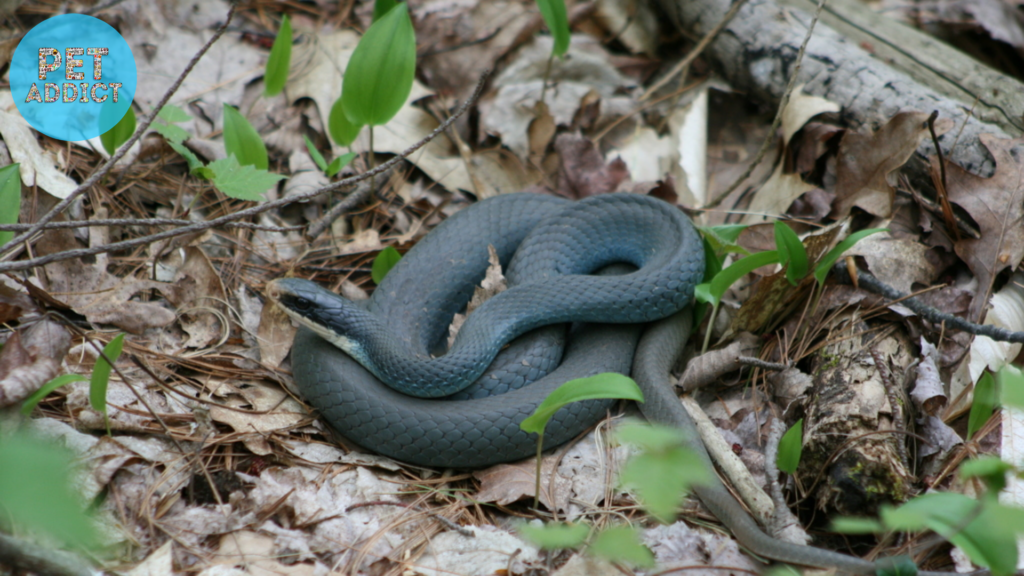
Preferred Environments and Geographic Range
Blue racer snakes can be found in a range of habitats:
- Habitat: They are commonly associated with grasslands, open woodlands, and areas with loose, sandy soils. They are also known to inhabit agricultural fields and suburban areas.
- Range: Blue racer snakes are native to North America, with their range extending from the Great Lakes region of the United States into parts of Canada.
Conservation Status
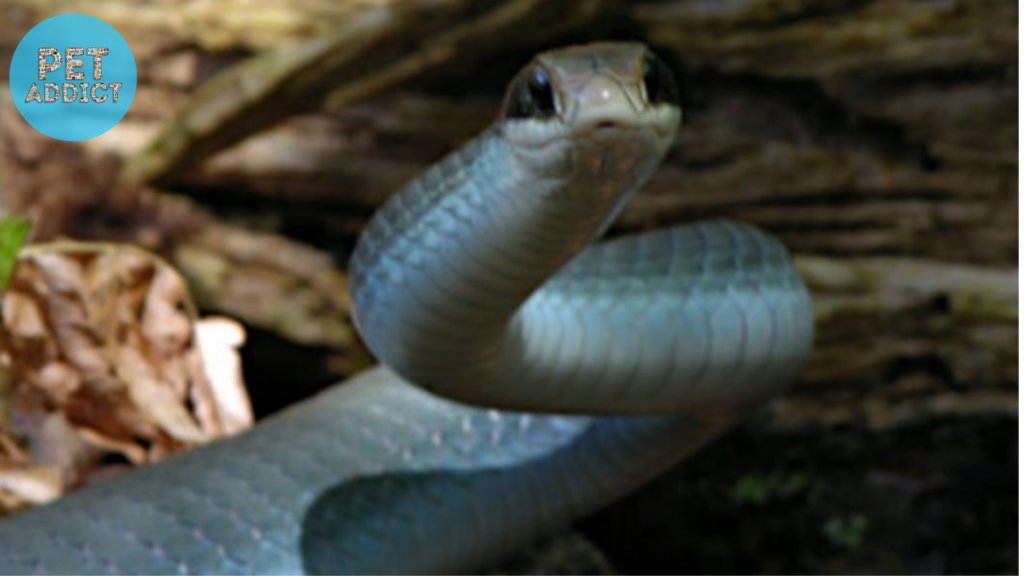
The Conservation Status of Blue Racer Snakes
As of my last knowledge update in September 2021, blue racer snakes are not listed as a threatened or endangered species. However, like many wildlife species, they may face habitat loss due to urbanization and agricultural development. Conservation efforts to protect their natural habitats are essential to ensure their continued presence in the wild.
Interaction with Humans
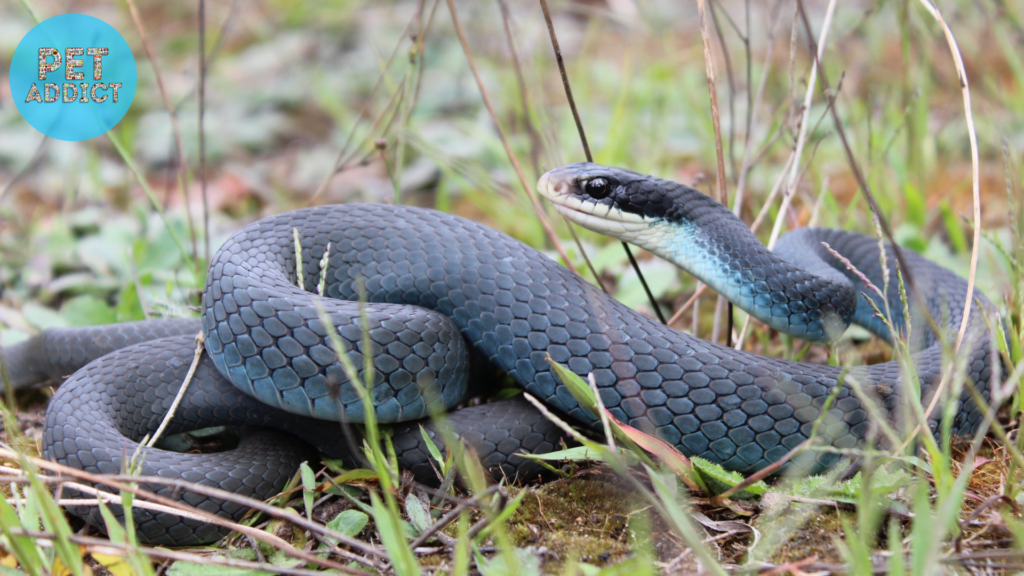
Blue Racer Snakes and Human Encounters
Blue racer snakes are generally non-aggressive toward humans and will often try to flee when approached. They are not venomous and pose no direct threat to people. In some regions, these snakes are considered beneficial due to their role in controlling rodent populations.
Conclusion
The blue racer snake, with its remarkable coloration and agility, offers a captivating glimpse into the world of reptiles. As a valuable component of various ecosystems, these snakes play a crucial role in maintaining ecological balance. By preserving their natural habitats and respecting their place in the environment, we can ensure that future generations can continue to appreciate the elegance of the blue racer snake.

